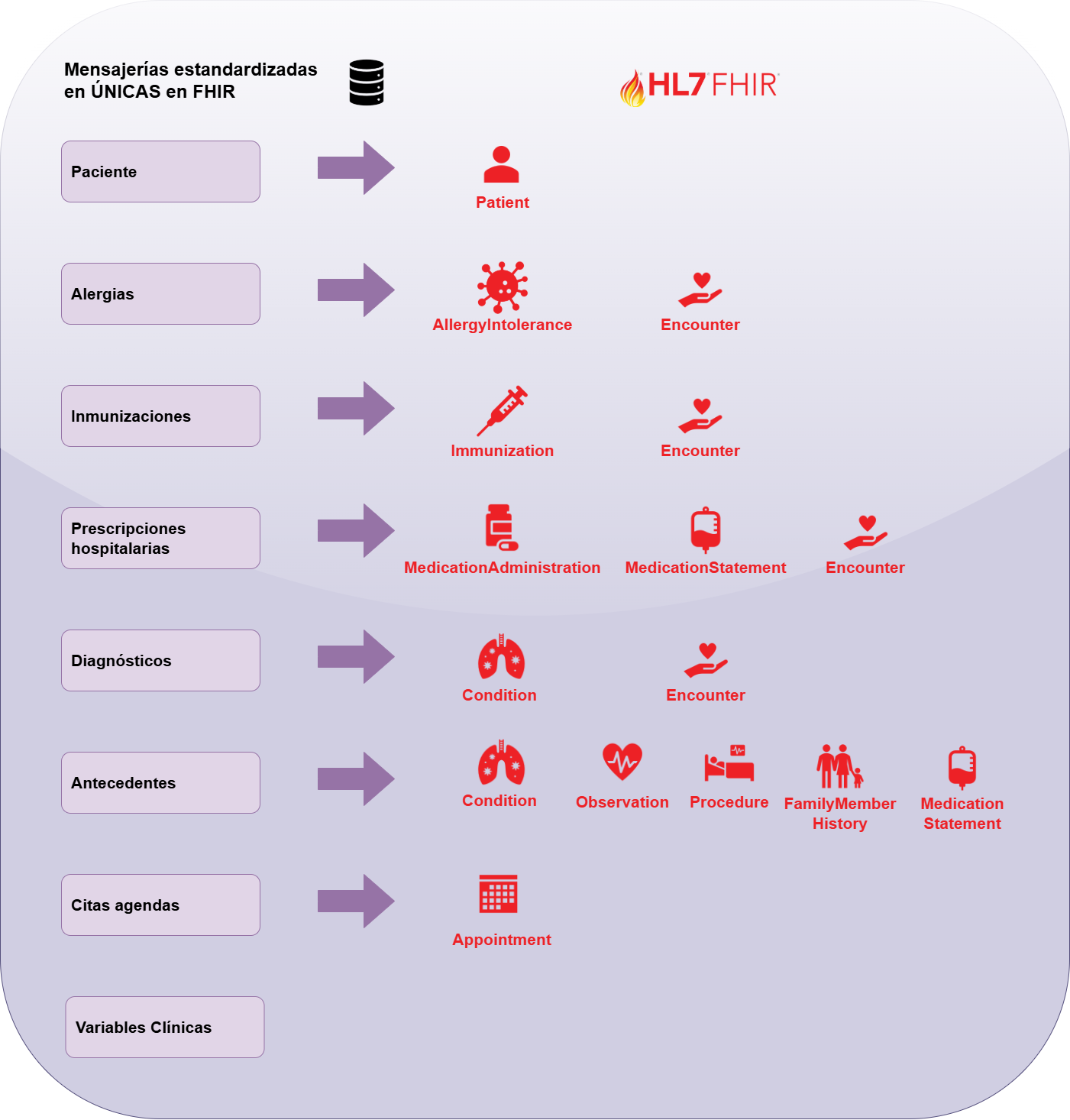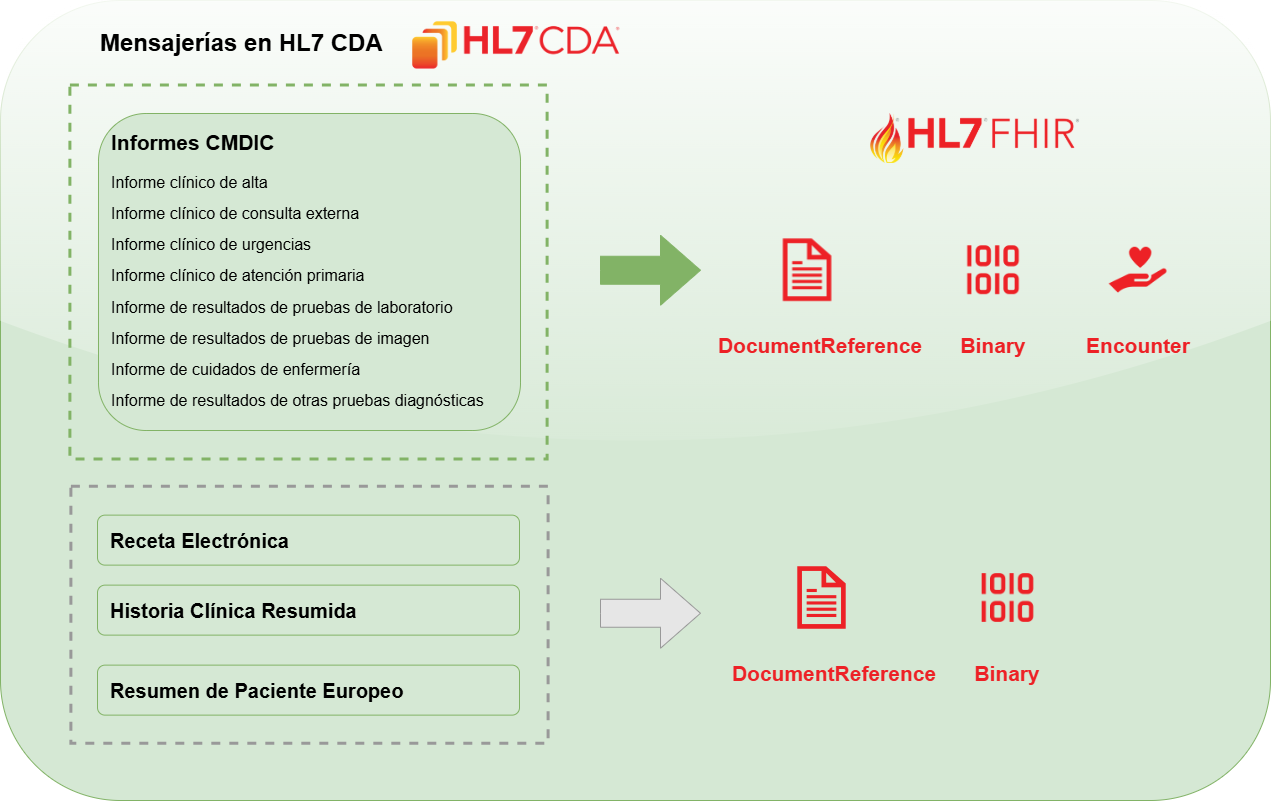La plateforme de données InterSystems IRIS est une solution complète, multi-modèle et multi-charge de travail, idéale pour répondre aux exigences complexes des applications de l’Internet des Objets (IoT). Il s’agit d’une plateforme unifiée, cohérente et complète pour le développement, l’exécution et la maintenance des applications IoT.
Elle repose sur une architecture distribuée, capable de gérer des volumes massifs de données et des taux d’ingestion très élevés, tout en offrant la flexibilité et la robustesse d’une base de données transactionnelle multi-modèle de niveau entreprise. Cela permet d’ingérer, de traiter et de stocker des données provenant d’une grande variété de dispositifs et de formats.
La plateforme propose un ensemble complet de fonctionnalités d’intégration, de traitement d’événements et d’analytique intégrée, incluant une prise en charge complète du SQL, du traitement de texte, de l’orchestration des processus métier, ainsi qu’un environnement de développement basé sur les standards.
Se connecter à, ingérer et stocker une grande variété de types et formats de données issus de dispositifs disparates
Les types de données associés aux applications IoT sont souvent hétérogènes, car ils proviennent de dispositifs aux fonctions variées, fabriqués par différents fournisseurs. La plateforme de données sous-jacente doit être capable d’ingérer et de traiter un large éventail de données brutes dans leurs formats d’origine.
De nombreuses applications exigent également que la plateforme conserve toutes ces données sources disparates afin de détecter les écarts par rapport aux plages normales, de permettre des analyses ad hoc en aval, de respecter les obligations réglementaires ou de répondre à d’autres besoins spécifiques.
.png)
InterSystems IRIS simplifie la connexion à tout type de dispositif, via n’importe quel protocole, que ce soit pour consommer des données issues des dispositifs ou pour leur envoyer des données ou des instructions. La plateforme offre un ensemble complet de fonctionnalités garantissant la connectivité entrante et sortante avec n’importe quel dispositif ou protocole.
Elle intègre une bibliothèque d’adaptateurs prêts à l’emploi, permettant la connectivité et la transformation des données selon les standards, protocoles et technologies traditionnels de l’industrie, tels que REST, SOAP, HTTPS et JMS, ainsi que des protocoles plus récents et spécifiques à l’IoT, comme MQTT.
InterSystems IRIS permet également aux développeurs d’applications de créer rapidement des adaptateurs personnalisés (ainsi que la logique métier associée) pour prendre en charge pratiquement n’importe quel dispositif ou environnement.
InterSystems IRIS intègre une base de données transactionnelle multi-modèle éprouvée, de niveau entreprise, conçue pour traiter les données à grande échelle. Elle offre la flexibilité nécessaire pour stocker les données entrantes dans le format le plus adapté, notamment :
- Modèles de données documentaires sans schéma, idéaux pour stocker des données brutes issues des dispositifs (température, vitesse, etc.) ainsi que les métadonnées associées (horodatage, identifiant du dispositif, etc.), afin d’offrir une flexibilité maximale pour les analyses ad hoc en aval.
- Tableaux multidimensionnels, pouvant être stockés avec un nombre quelconque de sous-scripts.
- Structures relationnelles, adaptées aux types de données bien structurés.
- Modèles orientés objet, conçus pour les types de données complexes. Les données sont décrites une seule fois dans un dictionnaire de données intégré et sont accessibles via des accès objets, du SQL haute performance, et un accès multidimensionnel – tous pouvant interagir simultanément avec les mêmes données.
Ingérer, Traiter et Stocker les Données Entrantes des Dispositifs à des Taux d’Ingestion Élevés
Les applications IoT doivent pouvoir gérer des volumes massifs de données générées en continu par les dispositifs — parfois à raison de centaines de milliers, voire de millions de messages ou transactions par seconde. Les bases de données traditionnelles n’ont tout simplement pas été conçues pour supporter de tels taux d’ingestion de données. À titre de comparaison, moins de 10 millions de transactions sont exécutées chaque jour en moyenne sur le marché boursier du Nasdaq. En revanche, une application type de compteur intelligent dans une ville de petite ou moyenne taille doit ingérer et traiter plus d’un milliard de transactions par jour.
InterSystems IRIS est conçue pour traiter les données entrantes à des taux d’ingestion extrêmement élevés, comme l’exigent les environnements IoT, de manière efficace et rentable. InterSystems a passé plusieurs décennies à optimiser la performance et la scalabilité de sa technologie afin de répondre aux exigences strictes et aux accords de niveau de service (SLA) de ses clients.
Par exemple, l’Agence Spatiale Européenne utilise la technologie InterSystems pour traiter de très grands volumes de données satellites à des taux d’ingestion très élevés. Son application, fonctionnant sur un seul processeur Intel 64 bits à 8 cœurs, ingère et stocke cinq milliards d’objets Java discrets d’environ 600 octets chacun en 12 heures et 18 minutes, à un taux moyen d’insertion de 112 000 objets par seconde.
InterSystems IRIS prend en charge des niveaux élevés d’accès concurrent et des volumes de données très importants. Le scalabilité horizontale est disponible aussi bien pour les déploiements sur site que dans le cloud, offrant aux clients des options de déploiement flexibles. Cette scalabilité, qui permet le partage des données entre les nœuds, est rendue possible grâce à un protocole de cache hautement optimisé, garantissant le partage de données tout en préservant la fonctionnalité transactionnelle et l’intégrité des données.
Intégrer des Données Disparates, Réaliser des Analyses Avancées et Exécuter des Processus Automatisés en Temps Réel
La plateforme technologique sous-jacente doit être capable de traiter différents types d’analyses sur l’ensemble des données historiques non agrégées, et permettre aux analystes et aux data scientists d’identifier des corrélations entre les données des dispositifs et d’autres ensembles de données externes. Cela permet d’intégrer les informations issues de ces analyses dans des workflows programmatiques en temps réel, afin de réaliser des processus métier et des actions critiques à la demande.
Par ailleurs, des études ont montré que 40 à 60 % de la valeur métier générée par les applications IoT provient de l’interopérabilité entre différentes applications et systèmes IoT. Pour exploiter cette valeur, il est essentiel de disposer de fonctionnalités avancées pour les applications composites, ainsi que de puissantes capacités d’intégration permettant de combiner et de corréler les données issues de différentes sources, et ainsi révéler les informations précieuses cachées dans des ensembles de données disparates.
InterSystems IRIS offre des fonctionnalités permettant de développer et d’exécuter des requêtes et des analyses ad hoc sur les données structurées et non structurées contenues dans la base de données. Elle fournit un accès cohérent et unifié aux données, quel que soit leur type (objet, relationnel, etc.). Les performances des requêtes sur des structures de données objet complexes sont extrêmement rapides — souvent bien plus rapides que celles des bases relationnelles classiques. En plus des avantages de performance inhérents à la base de données multi-modèle, la technologie d’indexation bitmap accélère encore davantage les performances des requêtes sur les données en temps réel.
Les analystes et les data scientists peuvent intégrer un large éventail d’outils d’analyse, notamment la modélisation prédictive, le machine learning, Apache Spark et d’autres, afin d’identifier des motifs, des tendances et des corrélations dans les ensembles de données. Les résultats — qu’il s’agisse d’analyses ou d’algorithmes — peuvent ensuite être intégrés dans les processus métier en temps réel à l’aide d’un environnement de modélisation graphique, pour déclencher automatiquement un processus ou une action dès que des critères spécifiques sont remplis.
InterSystems IRIS fournit un ensemble complet de fonctionnalités pour créer et gérer des processus programmatiques en temps réel, exécutés au plus près des données, dans le même moteur que la base de données, pour une performance maximale.
En outre, les motifs et anomalies dans les données peuvent être détectés en temps réel, et des actions correctives programmées, des processus et des alertes peuvent être déclenchés automatiquement en réponse.
Les principales fonctionnalités incluent:
- Messagerie et traitement des événements
- Moteur de règles métier avec un environnement de modélisation graphique
- Orchestration et gestion des processus métier
- Moteur de workflow adaptable, prenant en charge les workflows automatisés et humains
- Développement d'applications composites, pour une utilisation (et réutilisation) au sein des applications InterSystems et avec des applications externes
- Surveillance de l’activité métier, avec tableaux de bord graphiques et alertes
- Business Intelligence en temps réel, avec création de modèles de données en glisser-déposer, tableaux de bord en temps réel, et capacité à agir en temps réel sur les informations dans les applications transactionnelles
- Gestion de bout en bout, incluant une visibilité en temps réel sur les processus métier et les performances du système
Agilité
La plateforme technologique doit être agile et conviviale pour les développeurs, permettant aux organisations de développer et déployer rapidement de nouvelles applications, tout en facilitant l’itération continue en fonction des évolutions des besoins et des exigences métier.
InterSystems IRIS offre un environnement unique et unifié pour le développement, l’exécution et la maintenance des applications IoT. Ainsi, elle élimine le temps et les efforts nécessaires pour apprendre, utiliser et intégrer plusieurs outils, produits et projets open source disparates.
La plateforme propose également un plug-in pour l’environnement de développement intégré Eclipse, très populaire, permettant un développement rapide et ouvert des applications IoT.
Enfin, InterSystems IRIS offre des options de déploiement flexibles, supportant à la fois les déploiements cloud et sur site.
Conclusion
L’Internet des Objets crée des opportunités sans précédent pour les organisations souhaitant transformer leurs activités. Cependant, les technologies et plateformes traditionnelles de gestion des données ne sont pas adaptées pour répondre aux exigences uniques, notamment en termes de débit élevé et d’échelle, propres à ce type d’applications.
InterSystems IRIS est une plateforme de données complète et multi-modèle, idéale pour les applications IoT. Il s’agit d’une plateforme intégrée qui fournit les capacités essentielles pour développer, exécuter et maintenir des applications IoT performantes dans un environnement unique, cohérent et unifié.
Elle repose sur une architecture distribuée capable de gérer des taux d’ingestion et des volumes de données massifs, tout en offrant la flexibilité et la persistance d’une base de données transactionnelle multi-modèle de niveau entreprise, pour travailler avec des données provenant d’un large éventail de dispositifs et dans différents formats.
La plateforme propose un ensemble complet de fonctionnalités d’intégration et de traitement des événements, des capacités analytiques intégrées incluant la prise en charge complète du SQL et du traitement de texte, ainsi qu’un environnement de développement basé sur des standards.
InterSystems est le moteur derrière les applications les plus importantes au monde. Dans les secteurs de la santé, de la finance, de l’administration publique et d’autres domaines où des vies et des moyens de subsistance sont en jeu, InterSystems est la force motrice de ce qui compte. Fondée en 1978, InterSystems est une société privée dont le siège est situé à Cambridge, Massachusetts (États-Unis), avec des bureaux dans le monde entier, et ses produits logiciels sont utilisés quotidiennement par des millions de personnes dans plus de 80 pays.
Plus d’articles sur le sujet :
Source: Plateforme de données InterSystems IRIS pour les applications IoT

.png)


.png)
.png)
.png)
.png)
.png)
.png)
.png)